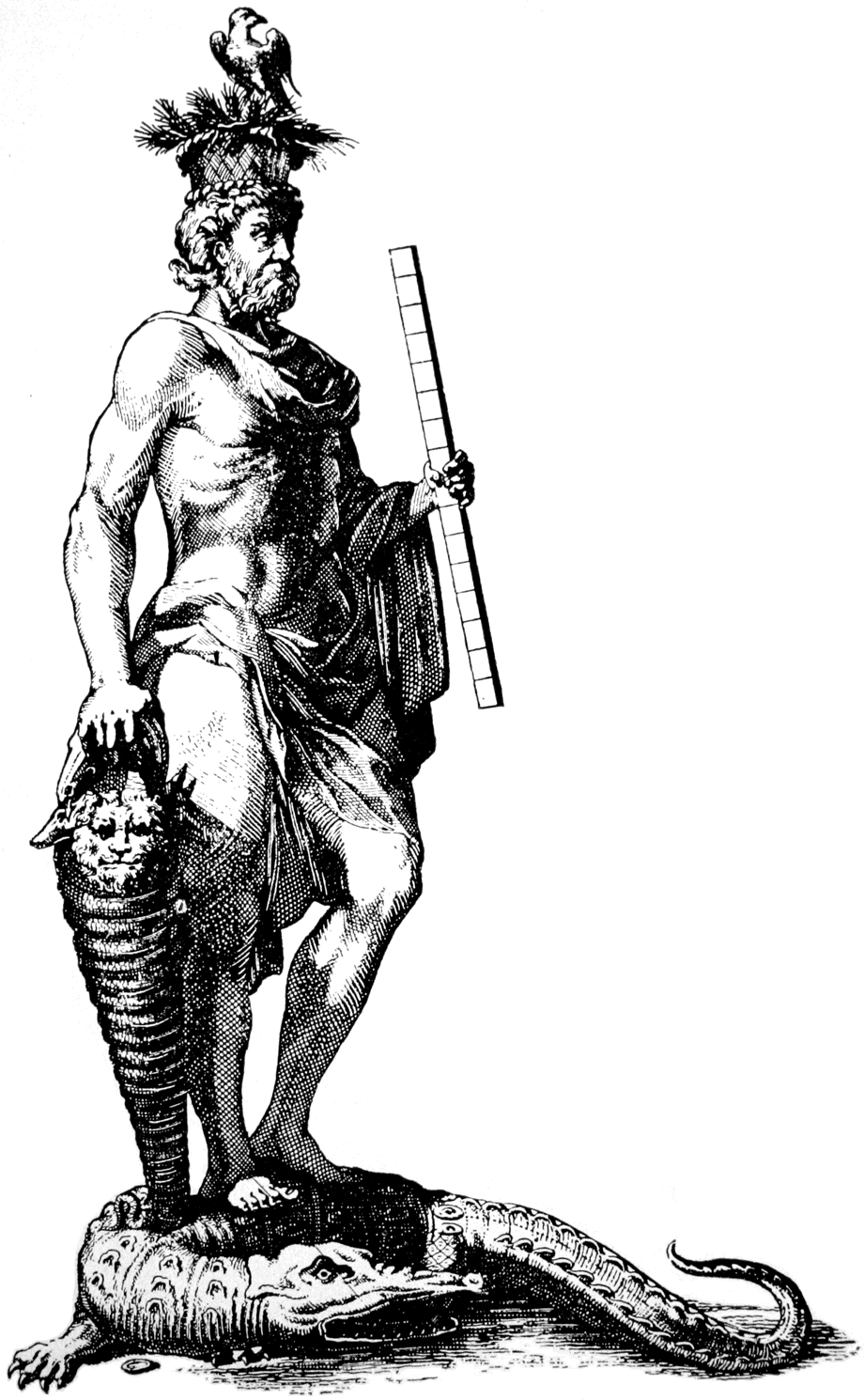A rod is a unit of length. It has been used for many years. In this article, we will learn about this measurement.
History of the Rod Measurement
The rod has a long history. It was used in ancient times. People used it for measuring land. It helped in farming and building.
How Long Is A Rod?
A rod is equal to 16.5 feet. In meters, it is 5.0292 meters. This measurement is still used in some places today.
Conversion of Rods to Other Units
It is important to know how to convert rods. This will help in understanding other measurements. Here is a table for conversion:
| Unit | Equivalent in Rods |
|---|---|
| Feet | 1 rod = 16.5 feet |
| Meters | 1 rod = 5.0292 meters |
| Yards | 1 rod = 5.5 yards |
| Inches | 1 rod = 198 inches |
Why Use Rods?
Rods are simple to use. They are helpful in measuring land. Farmers and builders find them useful. Rods make it easy to divide land into equal parts.
Using Rods In Modern Times
Today, rods are not as common. People use meters and feet more often. But, some places still use rods. This is because of tradition and ease of use.

Credit: www.researchgate.net
Fun Facts About Rods
- A rod is also called a perch or pole.
- The rod was once used to measure road lengths.
- In old England, rods were used to measure cloth.

Credit: en.wikipedia.org
Frequently Asked Questions
What Is A Rod Measurement?
A rod is a unit of length. It is equal to 5. 5 yards or 16. 5 feet.
How Long Is A Rod?
A rod is 16. 5 feet long. It is also equivalent to 5. 5 yards.
Why Use Rod Measurement?
Rod measurement is useful in surveying. It provides a standard unit for measuring land and distances.
Is Rod Measurement Still Used?
Yes, rod measurement is still used in some surveying contexts. It remains relevant in older land descriptions.
Conclusion
The rod is an old and interesting measurement. It has been used for many years. Knowing about rods can help us understand history and measurements better.

Rakib Sarwar is a seasoned professional blogger, writer, and digital marketer with over 12 years of experience in freelance writing and niche website development on Upwork. In addition to his expertise in content creation and online marketing, Rakib is a registered pharmacist. Currently, he works in the IT Division of Sonali Bank PLC, where he combines his diverse skill set to excel in his career.